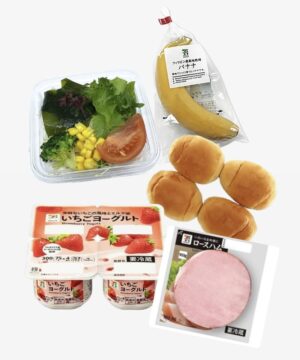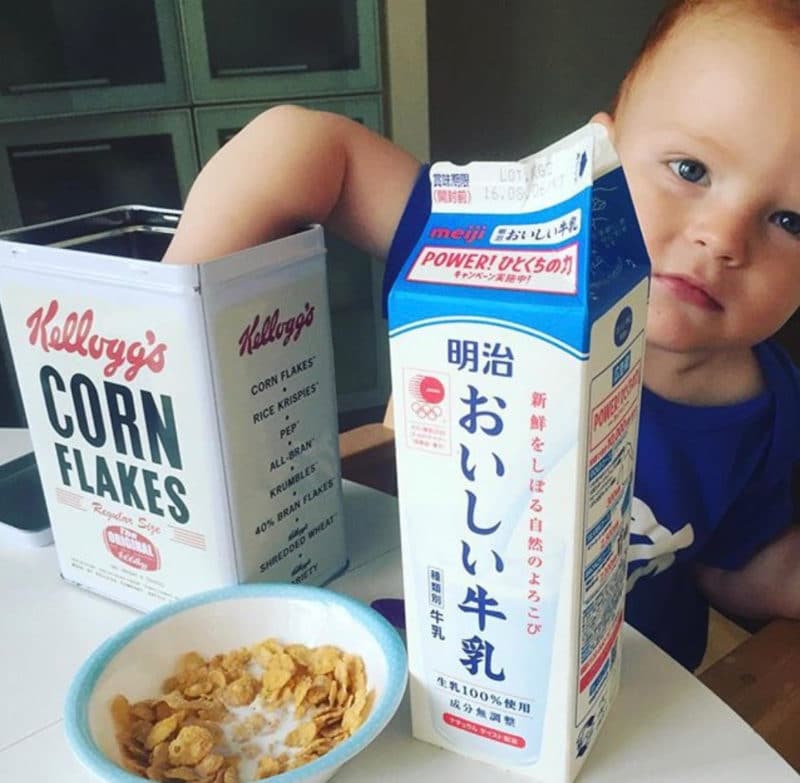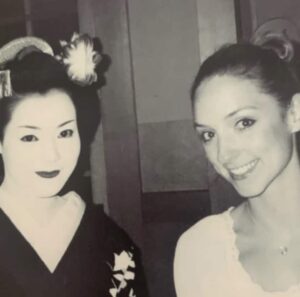
JAPAN FOR PICKY EATERS (AND THOSE WITH ANXIETY RELATED TO NEW FOODS)
I wrote this post originally when my little boy was a 4 year old living in Tokyo. I’ve added to this post since but I certainly had him in mind when writing out all of these tips – but then realized that I have given similar advice to grown-ups visitors as well – whether it is the new smells and tastes of arriving in Japan, the anxiety-related to the “unknown” or just to those that have quite a simple palate.
I also can happily say that this post has helped many many children and adults who have ARFID and are travelling to Japan. I hope that this blog post continues to be the hand holding that you may need.
Until you adjust, or just to make it work during your holiday, here are my tips for fpeople who are quite new to different cuisine than their own.
1. Remember that Japan has an amazing selection of international foods ( in the major cities)
I have had the best French, Italian and Indian food of my life in Japan. If you are really worried, with a tiny bit of research ahead of time, you can eat non-Japanese food ( easier in major cities than country towns, of course). Particularly in Tokyo, you may even want to google your favourite fast food chains and there is a high chance that you might find the same or a similar option. BUT THAT BEING SAID, PLEASE PLEASE PLEASE DON’T ONLY STICK TO THESE OPTIONS. There are other options for you and your group/family. See the following points to see what I mean.
*Kaldi stores are fab for if your kids are craving more familiar food options. Google “Kaldi near me” while you’re in Japan – here you can find international items such as Halal options, oat crackers, oatmeal, twinings earl grey, tomato juice, cous cous, maple syrup, skippy peanut butter, nutella, vegemite etc.
2. Food Halls are fantastic options for fussy eaters travelling with adventurous eaters
Please note that when I say ” Food Halls” I do not just mean department store food courts. Food Halls in Japan are proper restaurants with communal seating in the middle. You can eat real, local food but not necessarily the same meals as your friends.
A fantastic option in Shinjuku that is open almost all night long – I talk about it here.
And another inside Midtown Hibiya. ( I give all of the details, address and opening hours here.
And if you are in Osaka? This food hall is a also a fantastic option.
And for Kyoto, this place is also a great food hall option.(Inside the Kyoto Station building is the Isetan food floor too -which has a fantastic selection for take out options.)
Why do I recommend Food Halls so highly?
Because one person can have a bowl of fried chicken and rice or a salad while others can try excellent quality sushi, marinated meats, tempura etc. All while sitting together. Without food going to waste. Without money going to waste either.

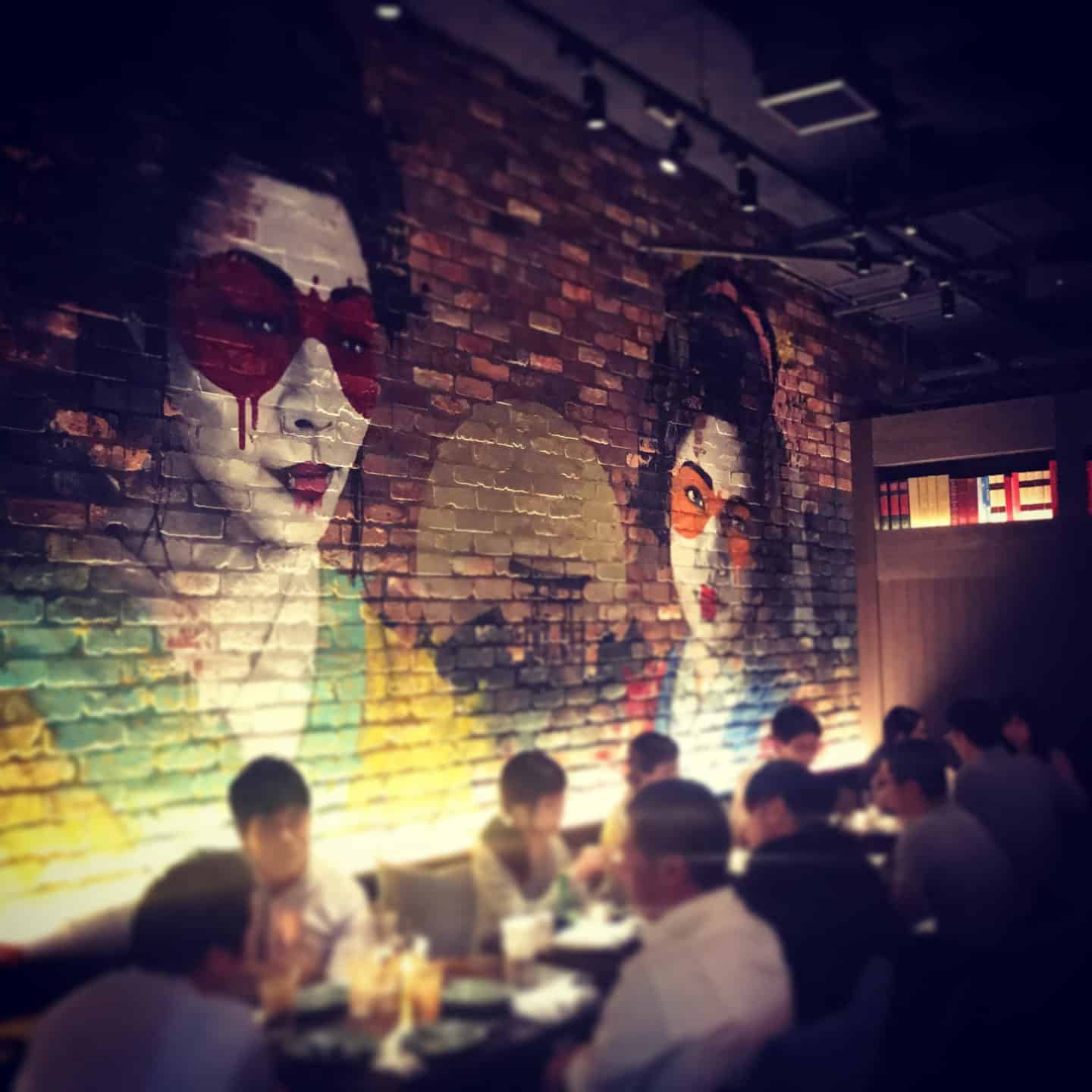
3. Keep stocked up with convenience store snacks and remember that there are many healthy options
Convenience stores are open at all hours and are stocked with fresh produce daily. This means that you can always have food options at hand, on the go.
Here are our favourite convenience store options that aren’t just junk food.
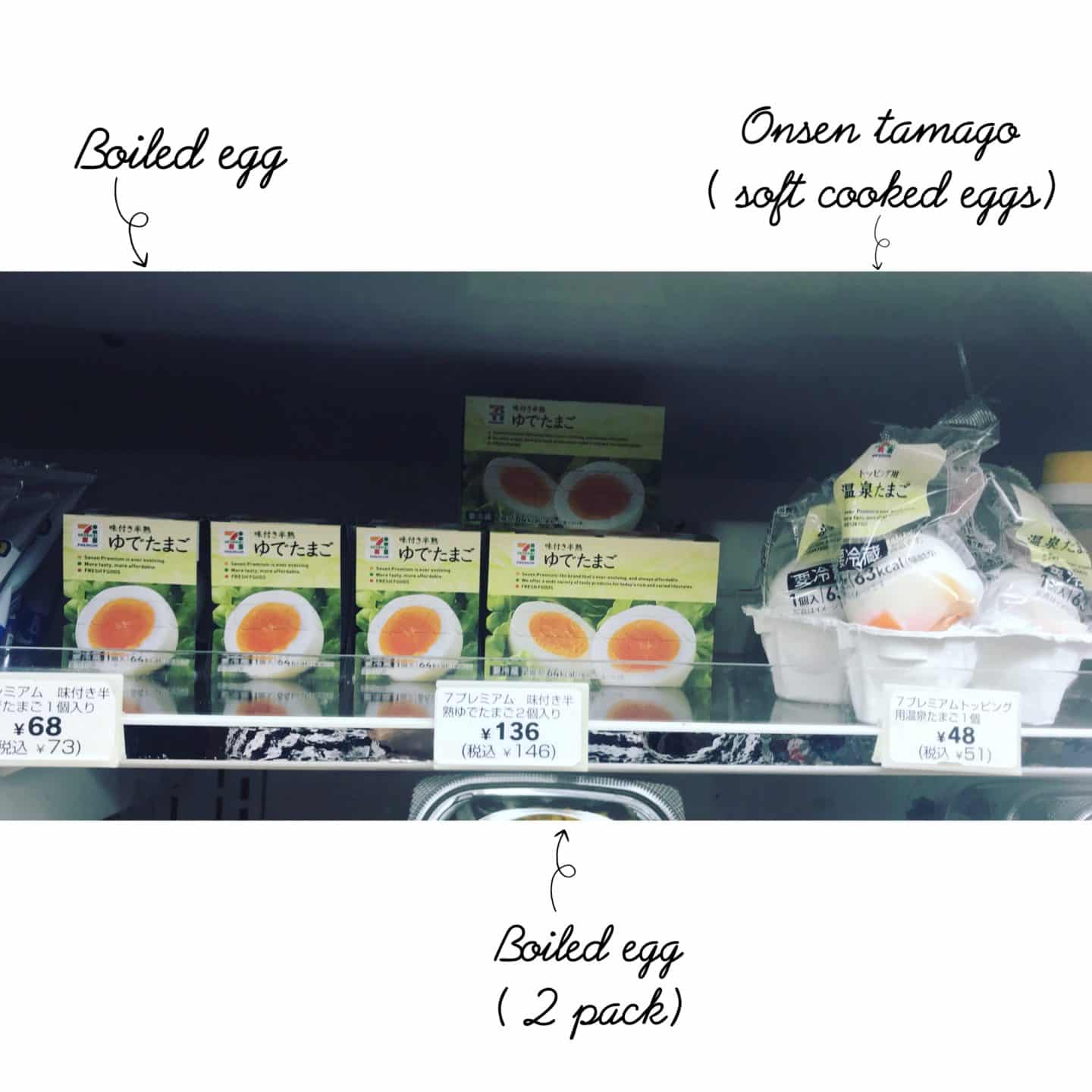
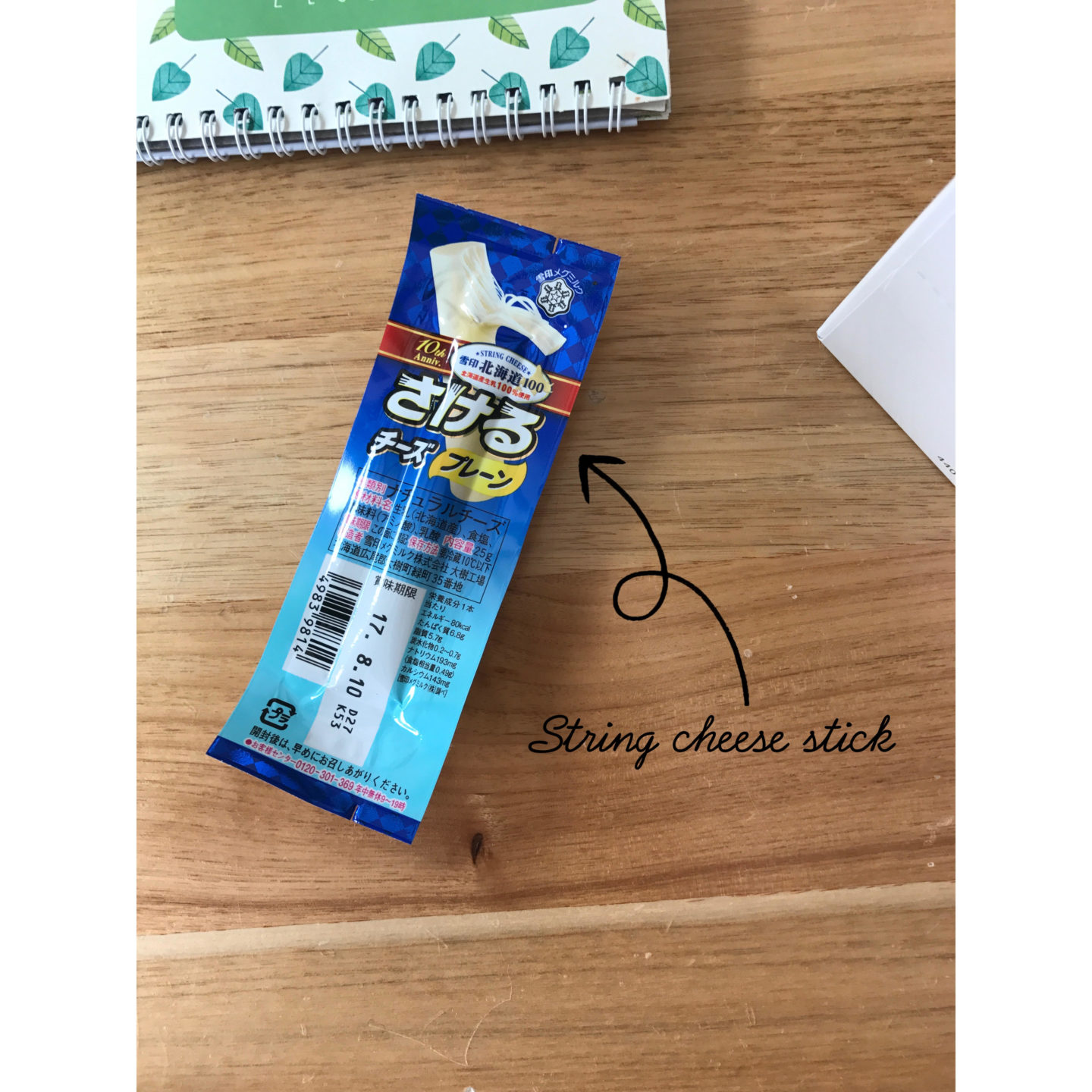
All of the major convenience store chains like 7-Eleven, Family Mart and Lawson have a deli section. You can buy salads with a range of dressings, pasta bowls and Japanese curry that can be heated up in store. If you’re taking these options back to a hotel or airbnb you might want to consider packing a picnic mat like I suggest in my Packing for Japan with Kids post here.
Some of the most popular options to purchase and heat up immediately are:
- Japanese curry and rice
- Spaghetti bolognese
- Pre-made ramen
- Minestrone Soup
- Various flavours of Doria ( a white sauce casserole dish served on rice)
- Gyoza
- Yakisoba
- Sausage and cheese in English muffins etc..
For people with very sensitive tastebuds, it is possible to buy white bread, margarine and blueberry or strawberry jam or peanut butter in convenience stores too. ( These are cheaper to purchase in a supermarket but if convenience is your number one priority, this is a good option. There are more bread types to choose from in supermarkets too. In convenience stores it is almost always white bread)
One of the most popular brands of margarine sold in convenience stores, looks like this :
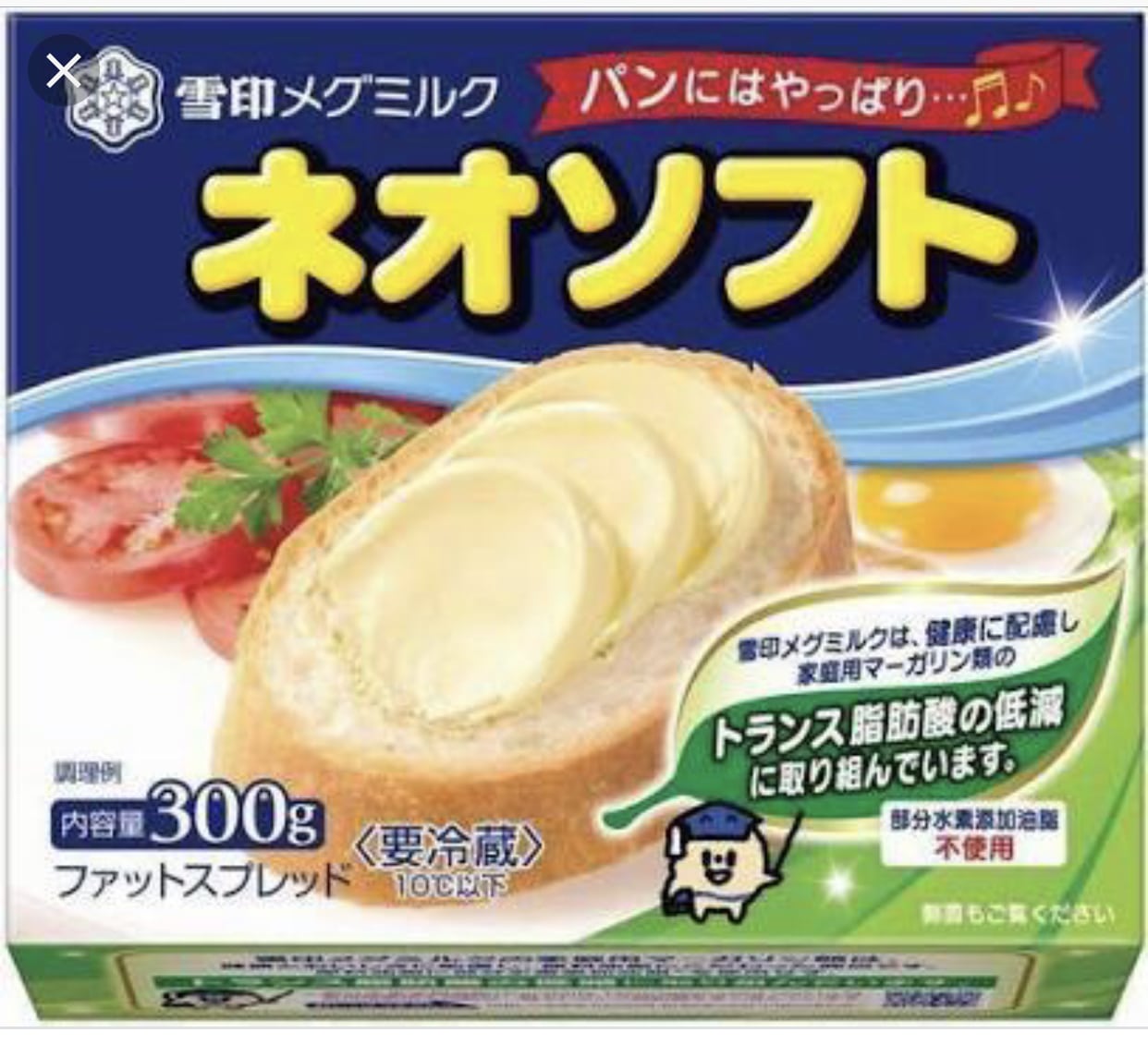
For even more tips on what basic grocery items look like ( and what I buy) see my convenience store and vending machine post here.
And to decipher which flavour rice ball you are buying read this article here.
My kids love this “Gold” Hamburg steak from 7-Eleven. For fellow aussies, this is like eating really nice juicy beef rissoles. I recommend getting these if you are staying in an apartment hotel with a kitchenette like a Mimaru or an &Here apartment hotel. You can microwave it in the bag (google translate the instructions on the back) and it’s really nice to serve with convenience store microwaveable rice (pictured below.) See here if you’d like more suggestions on snacks and grocery items we love to buy in Japan.
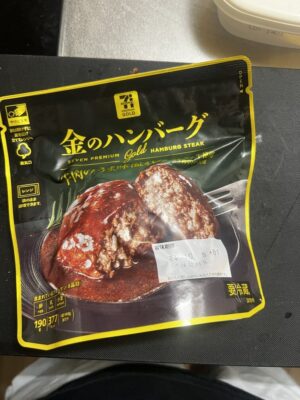
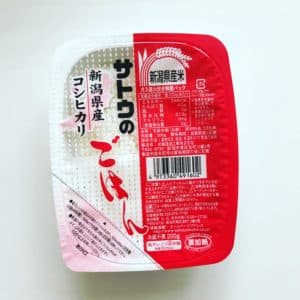
Also -if you choose an apartment style hotel with a kitchenette and a manned front desk – did you know that can have different types of milk and gluten free and vegan options delivered anywhere in Japan via the National Azabu website? This international supermarket is located in Hiroo, Tokyo (you can also, of course, visit in person). You can also order online and have them deliver groceries to you if you are staying in Minato-ku, Tokyo (aka the Minato ward, Tokyo) OR you can have these items delivered anywhere in Japan using the Yamato delivery service (price is from 1200 yen per box of food delivered.) This is one of many reasons to stay at a hotel and not an airbnb in Japan – so that a hotel can accept parcels on your behalf -if you’re super clever, you can order ahead and have a box of low-allergen foods for you arrive the day you check in to your hotel (if you email the hotel ahead – they will put cold items in the fridge for you.) National Azabu in Tokyo stocks almond milk, oat milk, walnut milk, soy milk as well as pistachio milk. Here is my general advice on buying different types of milk in Japan.
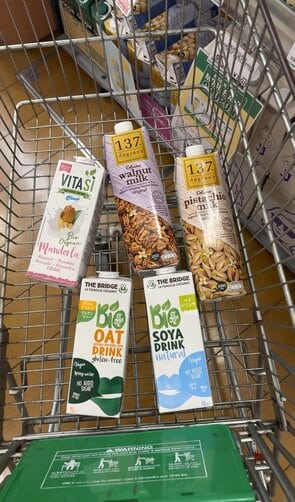
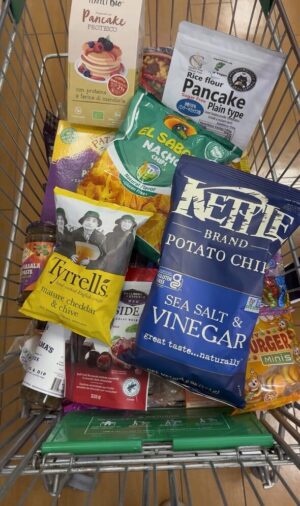
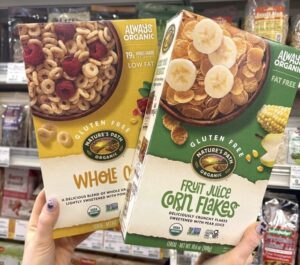
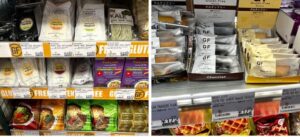
And for a great staple for picky eaters? Chicken sold at the convenience store counters
These are LIFESAVERS (especially if you have picky eaters with you.)
This one pictured below is available at Lawson convenience stores – it is called “Karaage-Kun” (pronounced “ka-ra-age-kun”) and inside contains approx 6 pieces of Japanese fried chicken. Be sure to get the REGULAR flavour and the other option is a bit spicy and one of the other flavours sometimes available contains cheese.
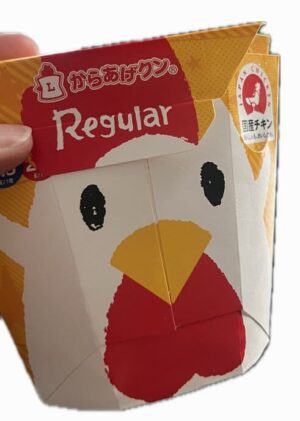
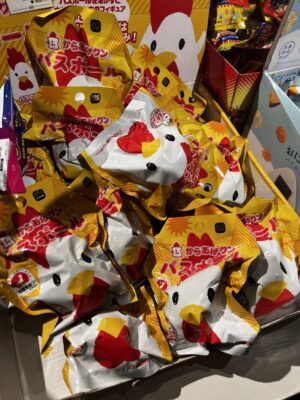
Where to eat westernized versions of sushi in Japan?
4. Be adventurous at some of the novelty places as there are more familiar options too
There is a great sushi train restaurant in Shibuya that I always recommend for more picky eaters AND adventurous eaters.
The food is all order via iPad and your food comes on sliding out to your spot. There are lots of sushi options to try ( and most dishes are under 250 yen per plate !) but there are also things like ” hamburger sushi” ( as in a burger pattie on rice) , and it is possible to order noodles , fried chicken, fried prawns , vegetarian options, fries and even icecream.
The restaurant is called UOBEI and all the details are in my Shibuya with Kids post here. There are also many other sushi train franchises in Japan with varied amount of western or western inspired options.
On the ipad to order, you can click on a button to request gluten free soy sauce.
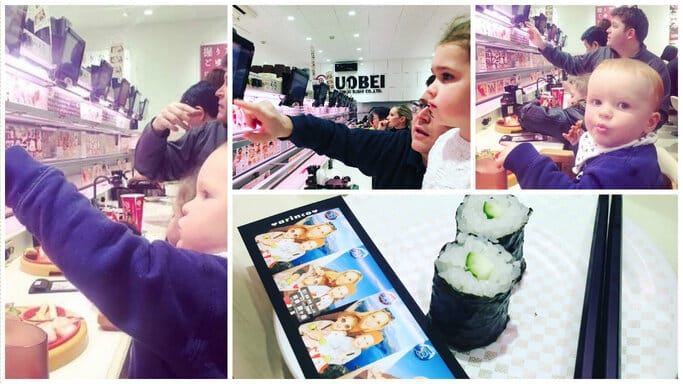
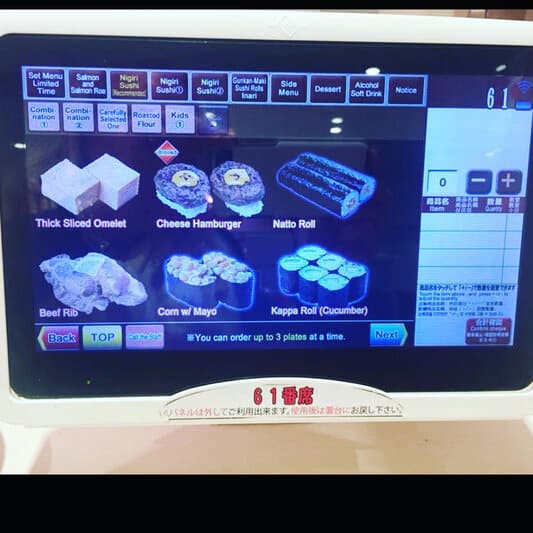
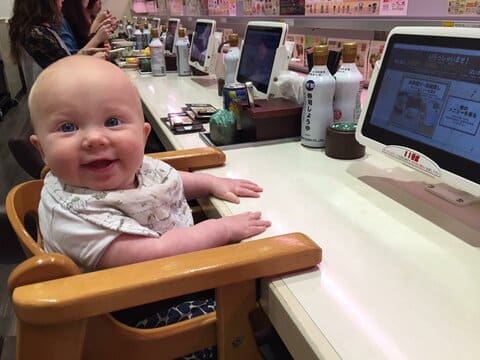
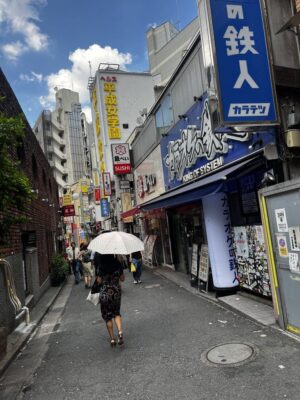
5. Try some of the options that are the most popular with newcomers to Japan
These options are the most popular with even the most “anxious” tastebuds.
Yakisoba (noodles cooked on the grill in a soy sauce-based sauce)
This is available as a street food in many temples, in okonomiyaki restaurants and also in convenience stores. Dining in okonomiyaki restaurants is probably easiest for picky eaters as the yakisoba will be cooked in front of you so it is really easy to say no to certain ingredients like added ginger or seaweed or certain meats or vegetables. The preparation process is visual so it is easy to modify as you like.
If you quite like American or Australian style Chinese takeaway, I think you’ll like this a lot.
Read here for how to order a vegetarian version of okonomiyaki
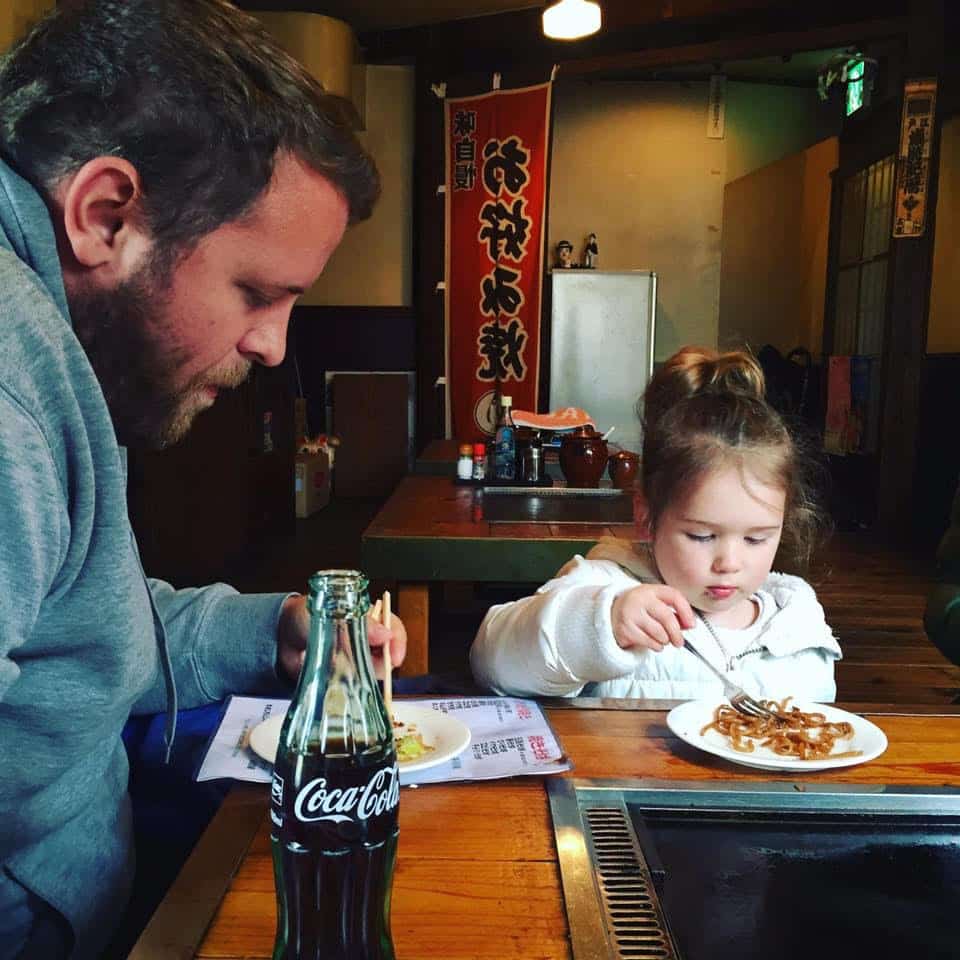
Karaage (fried chicken)
This is easy to get in the convenience store , in the hot display cabinets at the counter.) Most izakayas ( Japanese pubs ) and street food stands outside tourist spots serve karaage. You can also often find them at Yatai (food stalls/stands) at tourist spots and outdoor festivals.
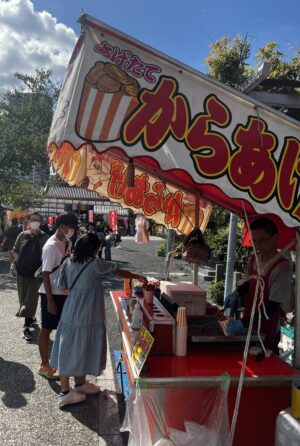
Gyoza ( Japanese dumplings, usually containing pork – although you can sometimes find vegetarian options. They are, basically, pot stickers.)
These can be found in the supermarkets, convenience stores, food courts, food halls, basement floors of large department stores. It is best to eat them in a restaurant that specializes in gyoza though, of course. See my Akasaka date night suggestions for details on the Champagne & Gyoza restaurant .
I also highly recommend the chain ” Tiger Gyoza” ( I wrote about the Tiger Gyoza in Hiroo here.)
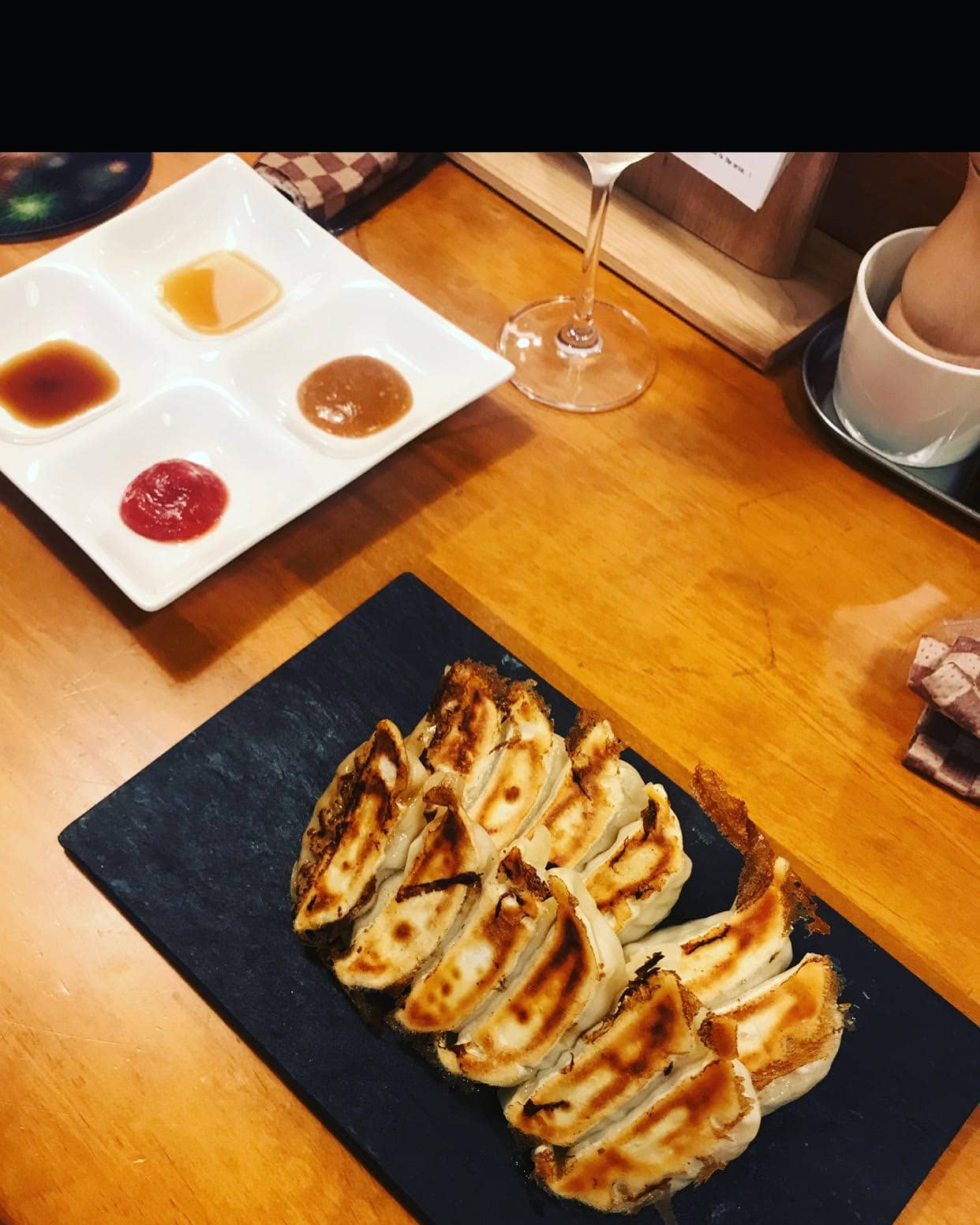
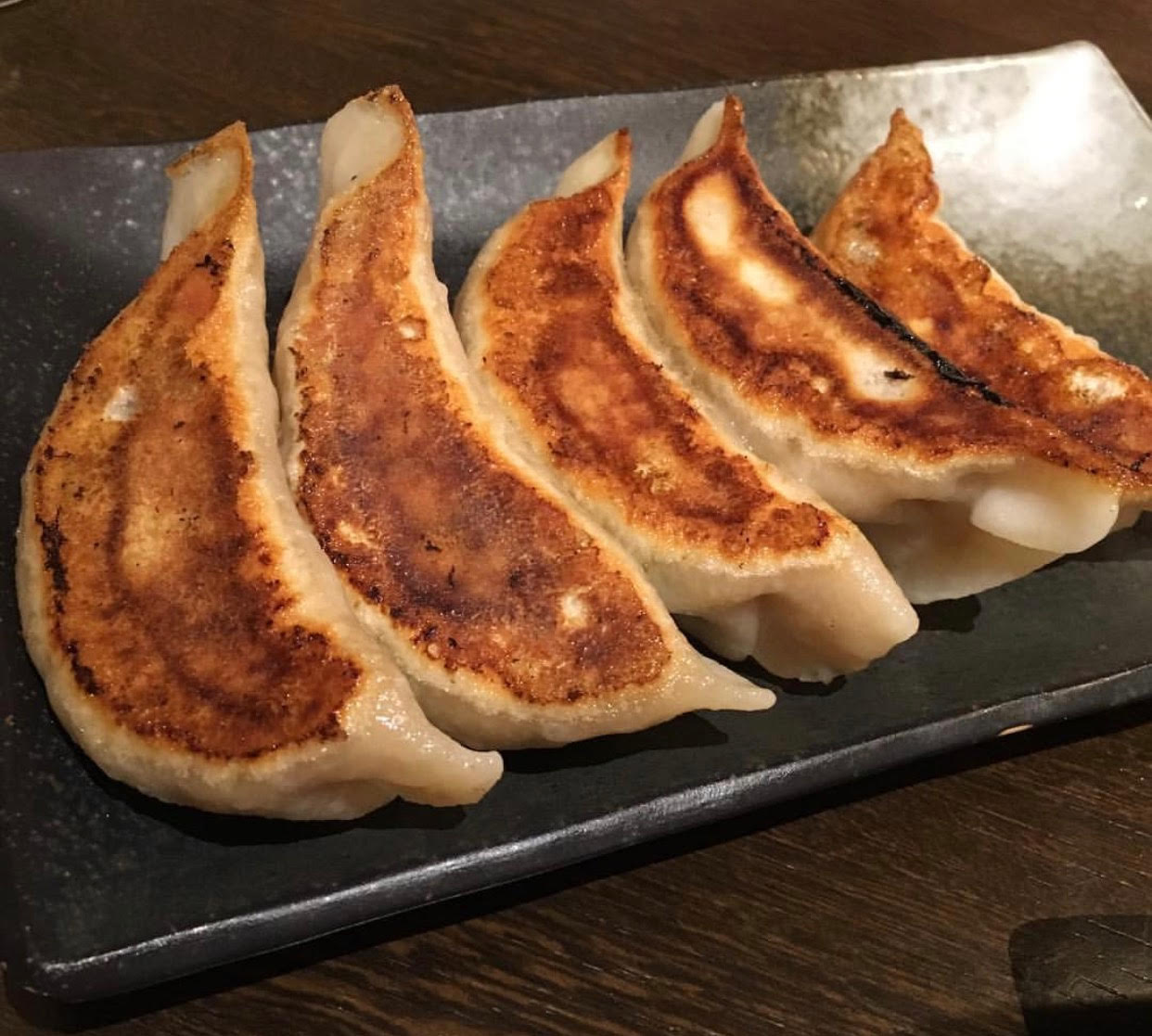
Tempura ( fried vegetables or seafood in a light batter)
And if you don’t eat seafood, you can ask for yasai tempura ( vegetable tempura) – however, fish stock is used so not advised if you have an allergy.
You can get a casual takeaway option in the basements of department stores but a restaurant is even better of course! Little hint: Lunch is cheaper than dinner.
Here are some of my favourite tempura spots in Tokyo.
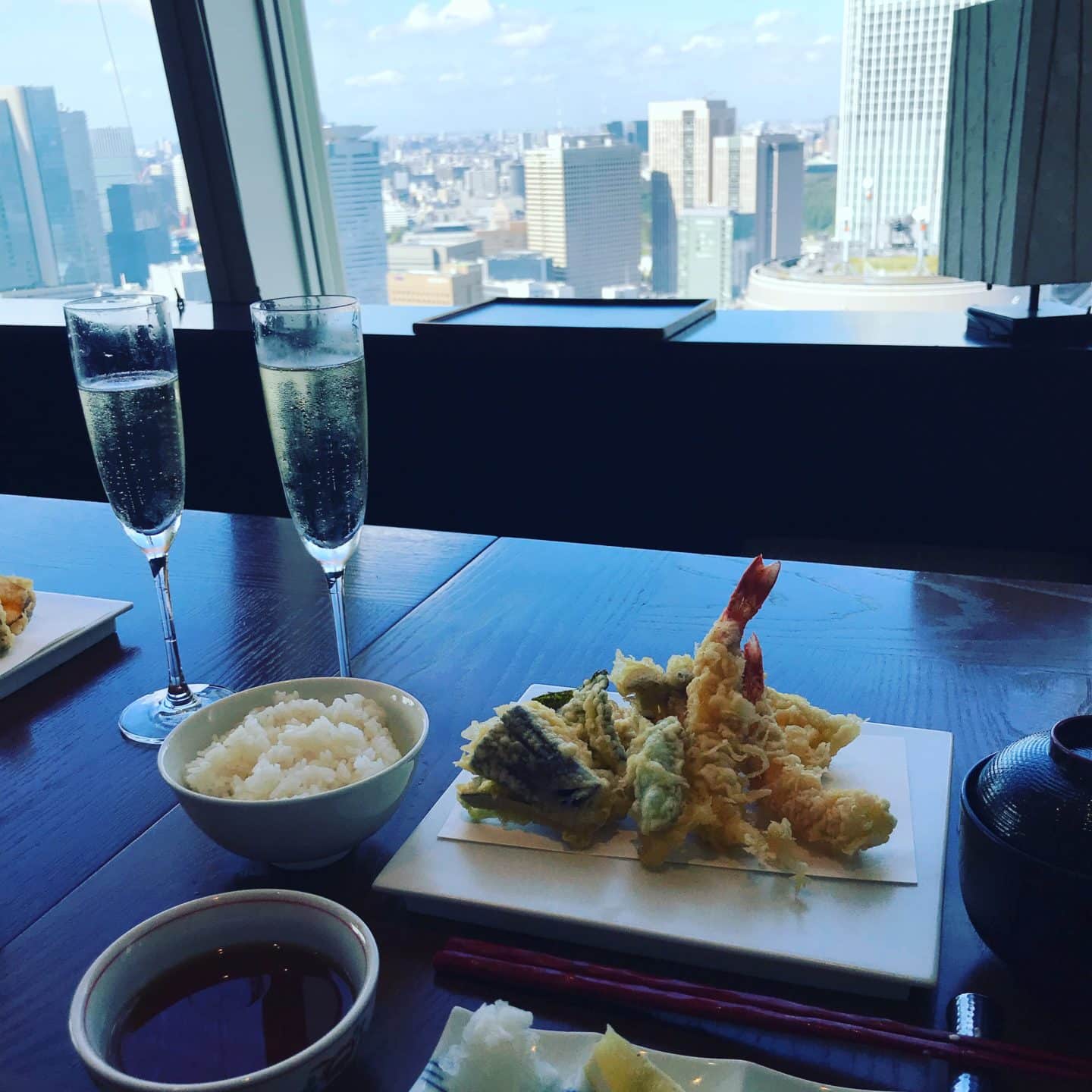
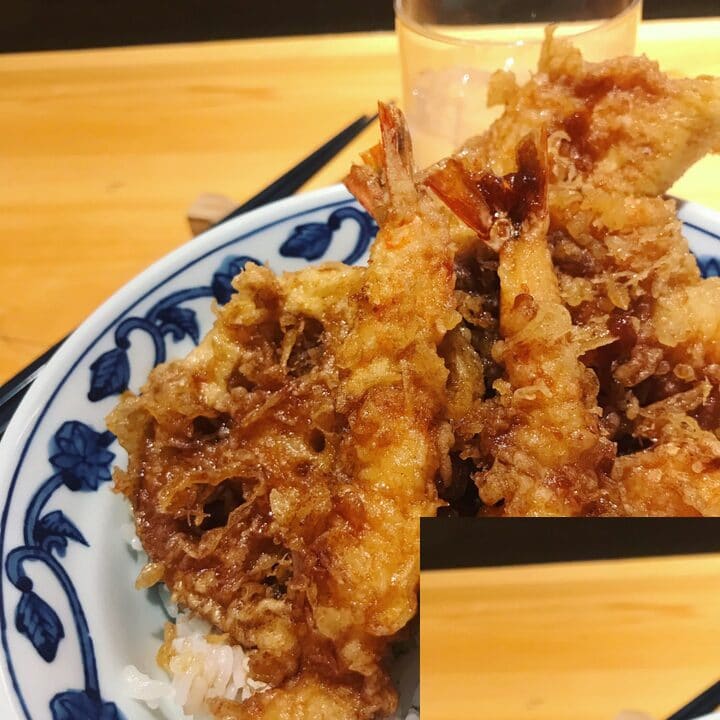
Tonkatsu
This is basically a really fancy crumbed pork schnitzel. I recommend googling your closest Tonkatsu restaurant for options. I like the chain store Tonkatsu Wako. See the full Tonkatsu Wako menu in English here. And the adorable kids menu plates here. Each kids meal comes with a small toy.
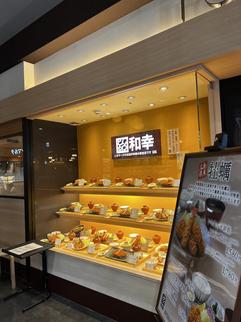
6. The basement of large Japanese department stores is almost always a delicatessen
In any city of Japan, make your way to floors B1 or B2. You will find bakery options, salads, freshly fried tempura, gyoza, salads, soups, sushi … everything. It is all designed to be taken away so you wont be able to eat it in store or heat it up while you are there. BUT everyone can choose their own options to try and then go for a picnic in a park (or a hotel room picnic, of course !)
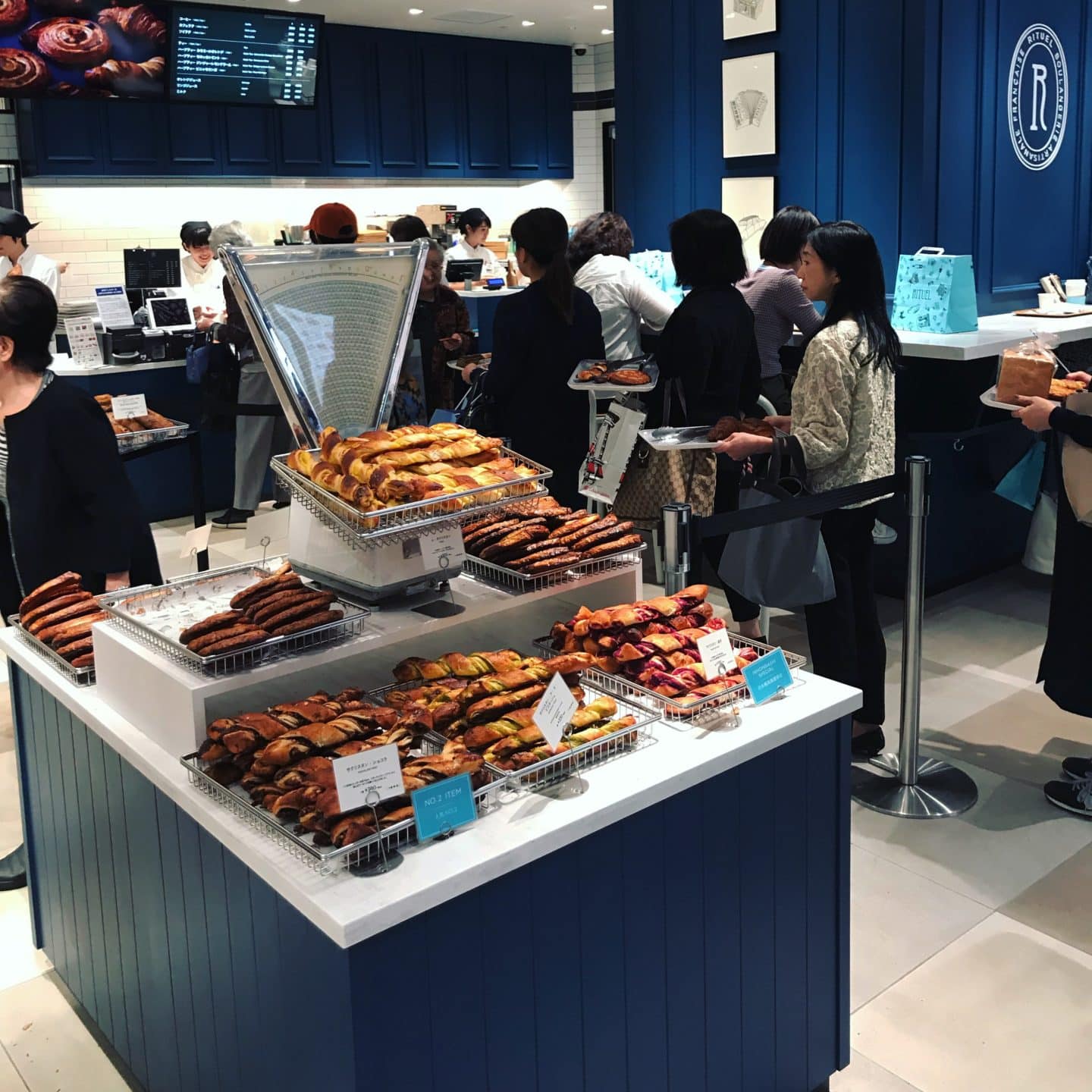

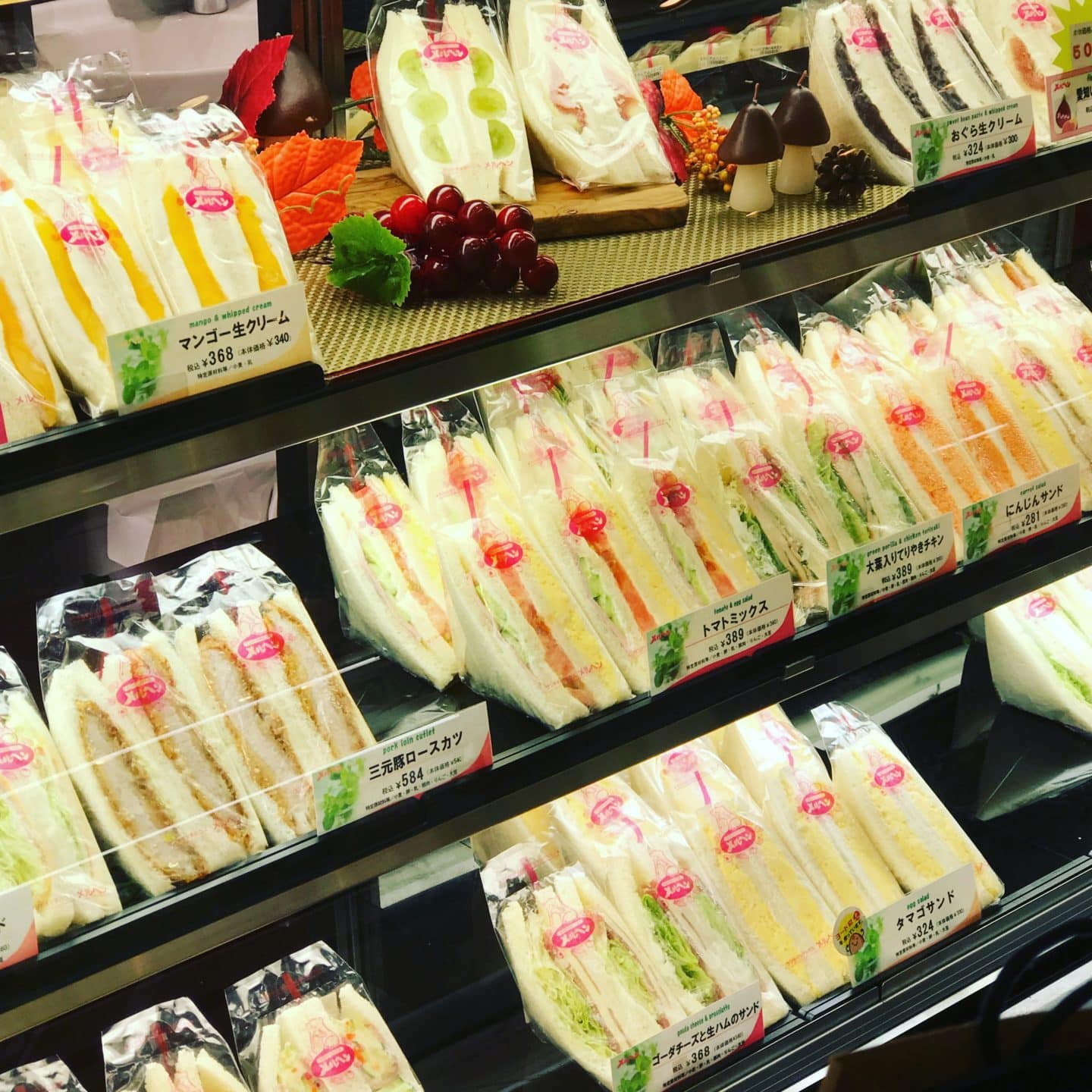
7. You can always go for more familiar options (and , no, I don’t just mean McDonalds)
I have area guides for Tokyo where I include sightseeing tips and restaurant options. In these area guides I also include more familiar restaurants for those – global brands I mean. For example, Did you know that there is a Hardrock Cafe in Ueno? And a sizzler in Ginza? A TGI Fridays in Ikebukuro?
Did you know that instead of fries at McDonald’s Japan you can order a side of edamame and corn. My daughter LOVES it!
A reader of my blog also gave me such an amazing suggestion – you can order a McDonald’s side salad and mix it with the edamame and corn to make a slightly heartier salad for under 600 yen!
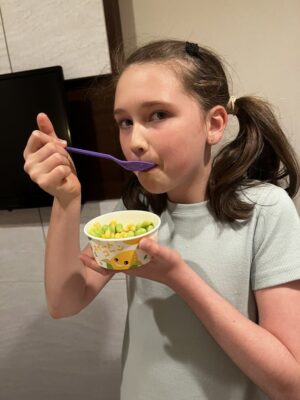
*side note: McDonald’s fries are not vegetarian/vegan – they are fried in beef fat.
8. Family Restaurants (diner style restaurants) are an affordable way to try Japanese and international food in small portions (and get a side of fries too)
I speak more about Royal Host and Gusto here. All meal items are 300-1000 yen.
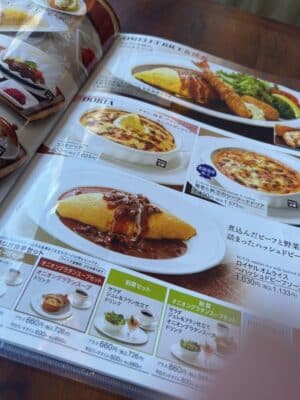
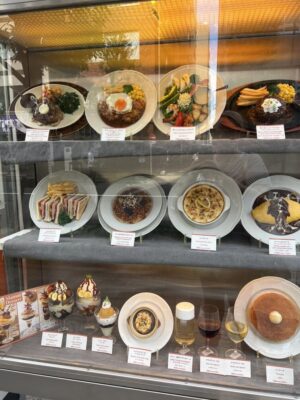
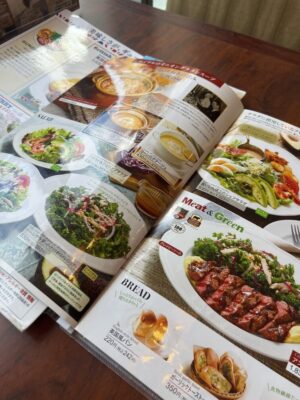
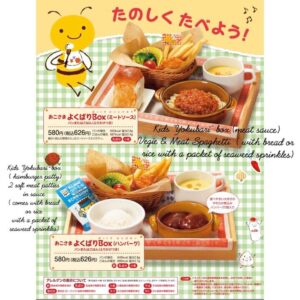
9. Pack 2-3 days worth of snacks from home
This will help you out until you find your groove – until you find your favourite convenience store treats and your closest affordable supermarket. Something familiar in your bad is just a lovely back up if you get stuck.
10. Download the Google Translate app
This is especially handy when reading rules or the back of food products etc. The results are instant. See here for travelling in Japan with severe food allergies. I also have an article here on how to find milk and identify different products in the Japanese convenience stores.
11. Don’t be afraid to do double dinners
The hardest part of having a picky eater is making sure that the non-picky eaters in the family still get to try out all of Japan’s delicious culinary treats. And for that reason – allow me to make a bit of an unusual suggestions. Yes, you can go for uber eats but how about, instead – going to “double dinners.” Go to a picky eater friendly restaurant around 5:30pm and then, say “now it’s time for MY special restaurant. And, to say thank you for sitting quietly while I enjoy my meal – here is a small screen, puzzle, toy, colouring.
I think this is a wonderful compromise that I highly recommend – especially once you are a few days into your Japan holiday.
Here is my guide to convenience stores and the kinds of things that you can find. Here is my guide for healthier options available at convenience stores.
I talk about this, especially for when coming to Japan with children in my blog post here.
